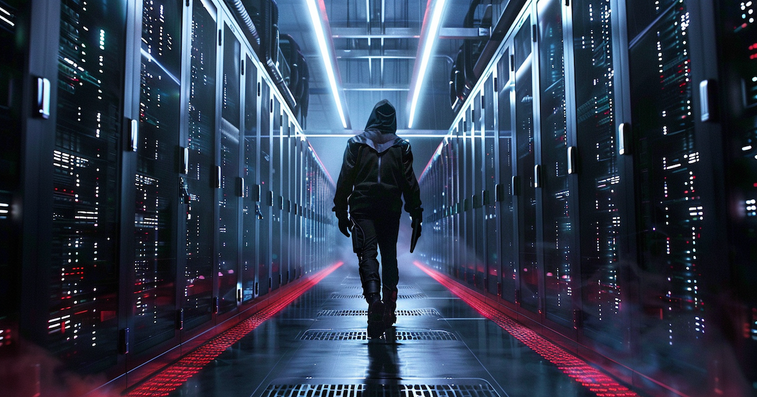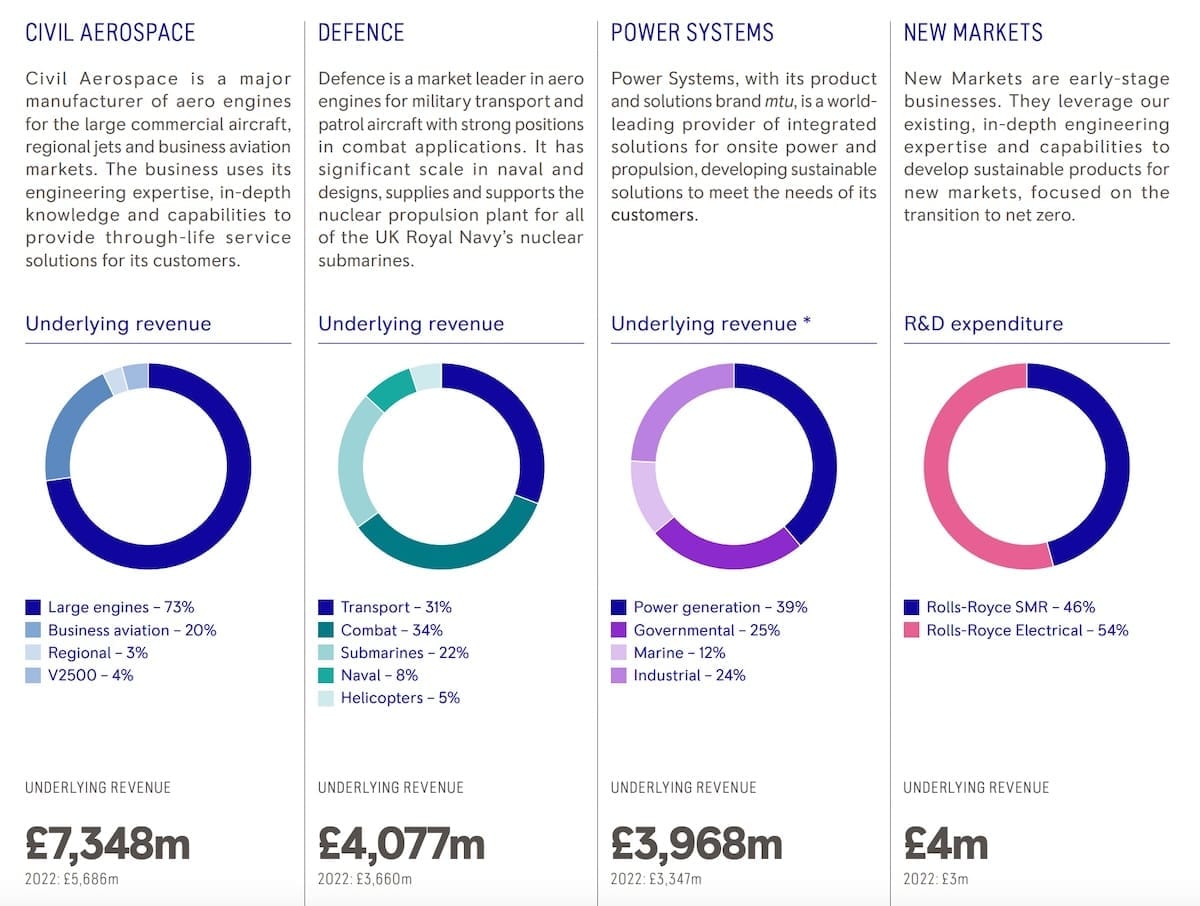
I found your article on the creation of mega data centers very interesting. In 2022, I had the pleasure of attending a small presentation in Los Alamos, NM on the need and development of nuclear fusion as a clean source of energy to meet the demands of a changing world. Since then I have taken an interest in what Rolls Royce is doing and have invested in the company. I know that companies like Microsoft have deep pockets, but what security issues do you foresee with housing such large scale data centers in one place, especially with all the crazies of the world? It seems that these data centers would become prime targets, given the power they will control in their space. That was a concern that was tied into current nuclear power production facilities. — Daniel S.
Hi Daniel,
That sounds like a very interesting meeting/presentation that you attended back in 2022. Right up my alley. And held in quite a historic spot. I recently watched the movie Oppenheimer — well done.
It’s hard not to think that we need the equivalent of the Manhattan Project for nuclear fusion. If the world were serious about clean energy, that’s exactly what would be happening right now.
Fortunately, the private markets have stepped up to fill that role.
And well done on Rolls Royce, the company has had a fantastic year. It’s a company that most equate to jet engines or fancy cars — but it is a massive conglomerate. Below is a snapshot from Rolls Royce’s 2023 strategic report.

Rolls Royce’s aerospace business is the largest, but it’s defense and power systems units are each about 4 billion British pounds each (about $5 billion US).
And as for your question about mega data centers — or hyperscale data centers — yes, absolutely they are targets for attacks. It’s precisely this reason that companies and governments run their software systems and maintain duplicates of their critical data in multiple locations. Not having resiliency and being reliant on only one data center is just asking for trouble.
But to your point, why build hyperscale data centers, given the risk? Two reasons:
And there are two kinds of security risks, aren’t there?